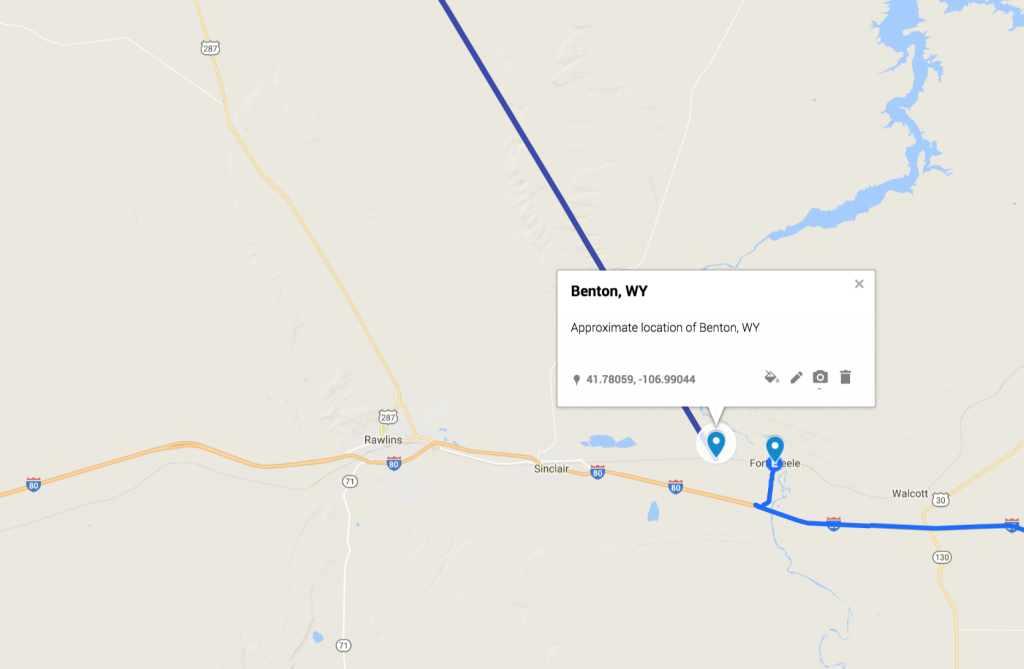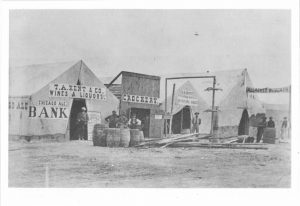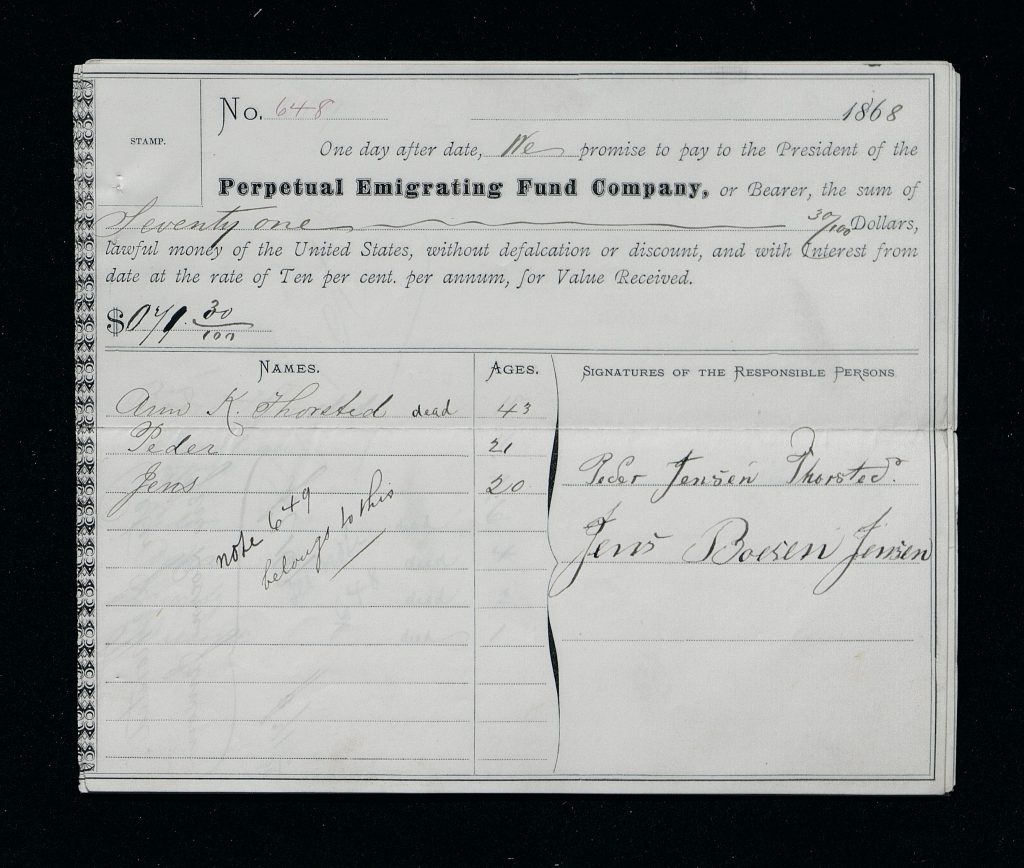August 25, 1868
On this day August 25, 1868 four of the Thorsted children arrived at Benton, Wyoming. This was the terminus of the railroad at the time. By next spring the railroad would be completed to Promontory, Utah. This still left over 300 miles for the four young Thorsted children to walk.
CAMPED ON THE NORTH PLATTE
Tuesday, 25–We arrived at Benton, the terminus of the railroad, where we met two companies of Church teams, about 100 teams altogether. We traveled with these teams about seven miles and camped on the North Platte; during the night we had to sleep the best we could without our baggage.
Wednesday, 26–Teams went back to Benton after our baggage. After they returned, we all got very busy with washing our clothes, raising tents, etc.
Thursday, 27–I was busy with accounts, and all were busy making ready for the journey with the Church teams.
Friday, 28–Accompanied by Captain John G. Holman I went to Benton to make purchases for the company.
Mormons took trains to three different Union Pacific railheads: North Platte, Nebraska, in 1867, and Laramie City and Benton, Wyoming, in 1868. The first two settlements prospered, but Benton has the distinction of becoming the first ghost town in Wyoming. (The town lasted only three months—from July through September 1868.) “Eastern Ends of the Trail West“
Benton, which is located a short distance west of Fort Steele and a few miles east of Rawlings. See Map. This was truly one of the original “hell on wheels” towns that dotted the landscape during the time of the construction of the transcontinental railroad. This town had a population of almost 3,000; and reportedly, over one hundred people died in gunfights here.
Fort Steele was situated next to the North Platte river, when the immigrants reached Benton, they traveled back toward Fort Steele and up the North Platte River and camped there while they were outfitted for their wagon journey to Salt Lake City. Brigham Young sent out wagons to meet the group in Benton. From 1862 to 1868 (railroads reached Utah in 1869), 24,000 more emigrants came to Utah. One-third to one-half of those, needing Church help, came in “down and back” wagon trains sent from Utah.
Most of the emigrants who came to Utah needed financial help to pay for the trip. The Mormon church setup a program called the Perpetual Emigration Fund in order to help anyone who wanted to come to Utah afford the trip. In return they would pay the money back once they got settled. Even though the Thorsted family was able to pay for their voyage on the Emerald Isle, they still needed help for the railroad and wagon travel to Utah. They agreed to pay $71.30 for the family. At some point in August the older two boys signed the promissory note for that amount. Later the deaths were recorded on the note. Years later, as part of the 1896 jubilee, the amount was forgiven.




